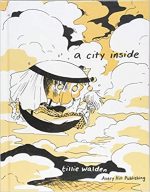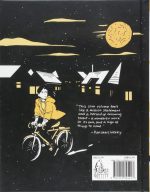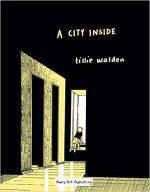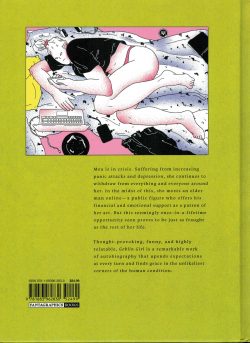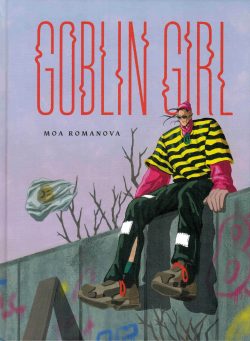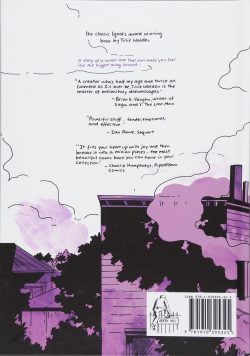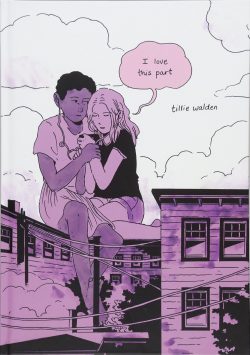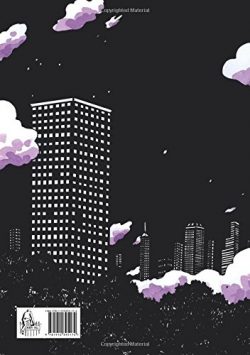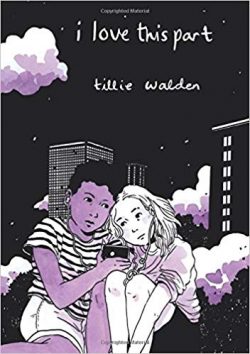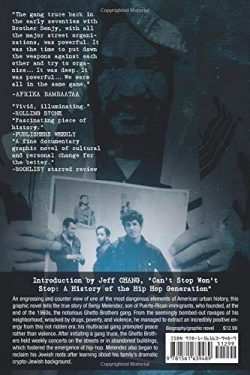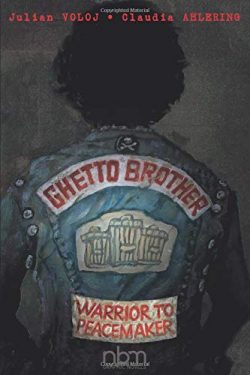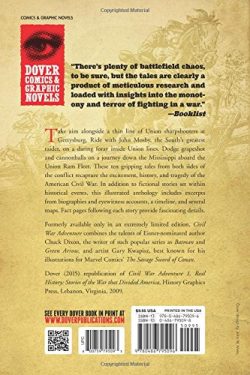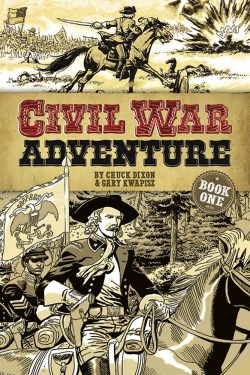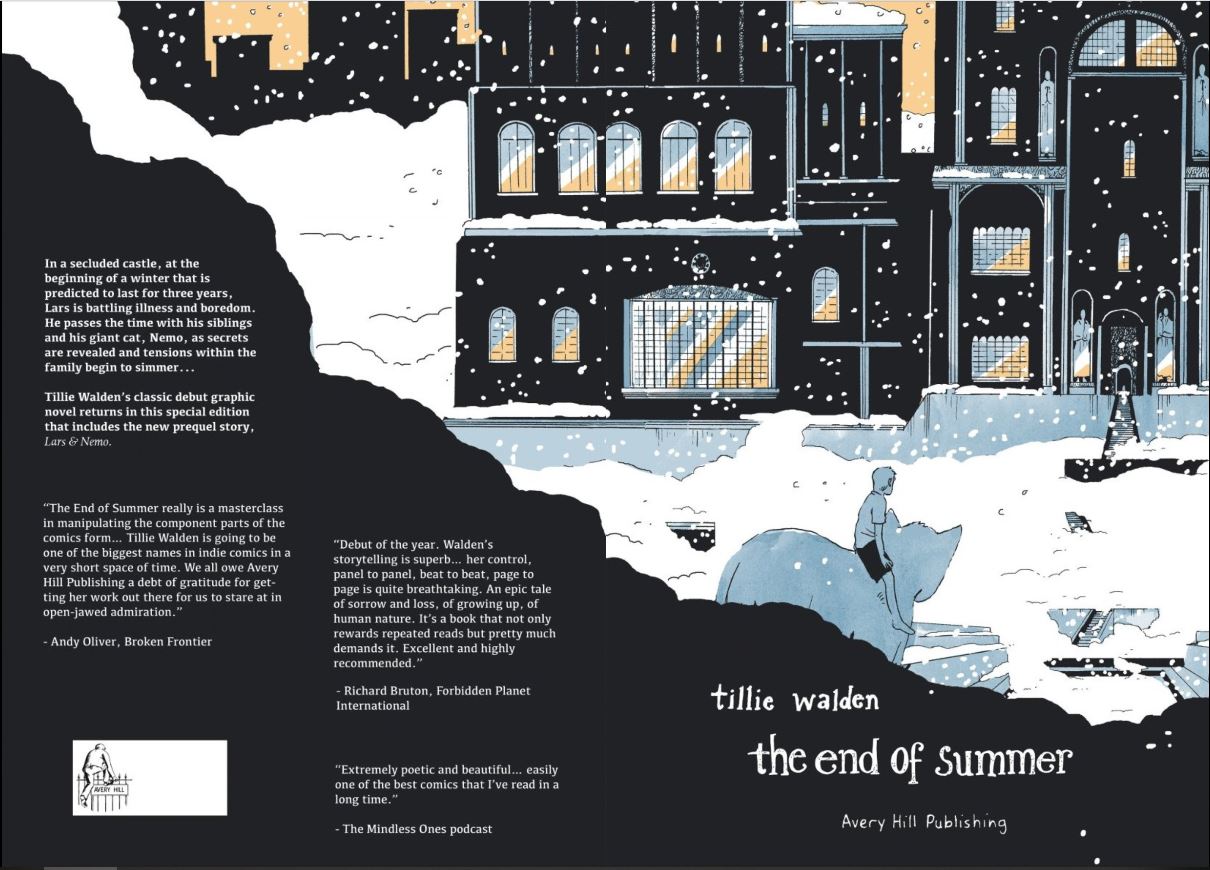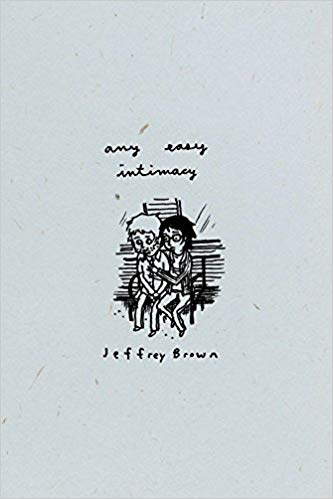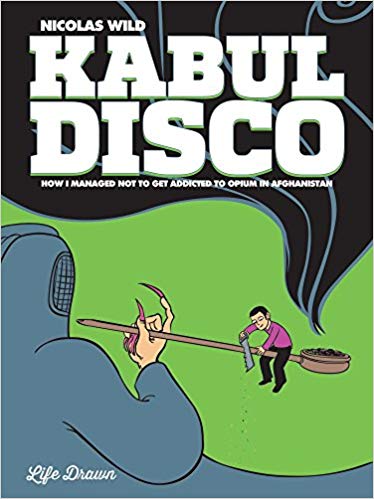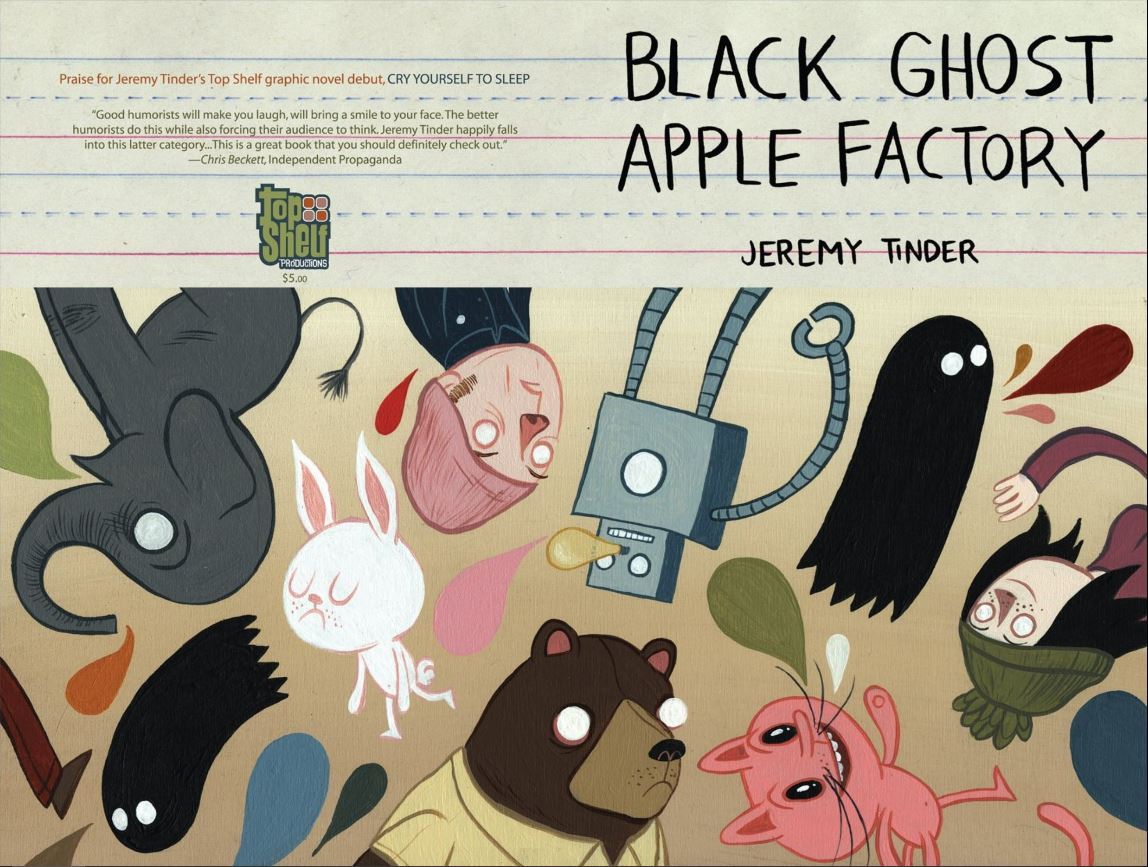

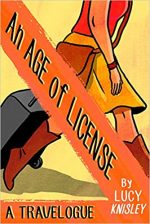
By Lucy Knisley (Fantagraphics Books)
ISBN: 978-1-60699-768-0 (PB)
Remember the rush of wonderment that came from visiting somewhere new and exotic? Do you even remember going for an aimless walk? If not, why not do it in you head? Here’s a brilliant aide-memoire that’s timelessly entertaining and potently evocative…
Since I first started reading comics (sometime soon after the discovery of fire) the industry and art form has undergone a magical transformation in styles and formats and a huge expansion in content.
Where once the graphic narrative medium was populated with heroes and horrors, fantasies and wish fulfilment exercises, these days literally anything can become the engrossing and absorbing meat of the printed or digital page, dependent only upon the skill and passions of dedicated and inspired artisan creators.
A superb example of this broadening of strip horizons is globe-girdling cartooning diarist and epicure Lucy Knisley who has made a career out of documenting her life as it happens, detailing her experiences and fascinations in an engaging and entertaining manner through such graphic missives as Displacement – A Travelogue, French Milk, Relish: My Life in the Kitchen and Go to Sleep (I Miss You): Cartoons from the Fog of New Parenthood.
This beguiling slice of graphic verité was first seen in 2014 and details a European working vacation that became a bittersweet lovers’ tryst.
The voyage begins in 2011 when the cat-loving cartoonist was invited to be a guest at Norway’s Raptus Comics Festival. After some understandable dithering and consultation with pals and fellow pros the author warily agreed, intending to turn the proposed Work Jolly into the start of an extended visit to friends in Germany and vacationing family in France…
As the time nears the daunting plans all come miraculously together and Lucy prepares herself by immersing in personal Scandinavian-ness: researching the family history of her Swedish grandparents…
Events obtain a sharper edge in New York in the months immediately preceding the trip as she meets visiting Henrik: a most fanciable lad she agrees to visit in his Stockholm home after the Raptus convention. With her six-venue itinerary sorted, all that’s left is for the journey to begin…
Packed with intimate detail and engaging introspection, rendered in clean, clear compelling black line – augmented by occasional bursts of painterly watercolour illustration – this is a fabulously absorbing jaunt with a most delightful and forthright travel companion. Knisley unstintingly shares her thoughts, feeling and experiences in a manner guaranteed to win over the most jaded fellow passenger – especially as she always garnishes her slivers of new experience with her trademark adventures and observations through the welcoming lens of regional foods made, consumed and enjoyed.
Through work, relaxation, the hazy indolence of a love affair and its gradual ending, a phrase she heard in the French winemaking region of Beaune comes to haunt her. L’Age license – a time of freedom for youth to try, fail, experiment and learn – fascinates and captivates her as she spends much of her time in France and beyond, searching for its truth, origins and meaning…
Exceedingly funny, sweet, disarmingly incisive, heartwarming, uncompromising and utterly enchanting, this moving memoir is a comics experience unlike any other and fans of travel, storytelling and a life well-lived will adore the open, sharing experience it vicariously offers.
An Age of License © 2014 Lucy Knisley. This edition © 2014 Fantagraphics Books, Inc. All rights reserved.

